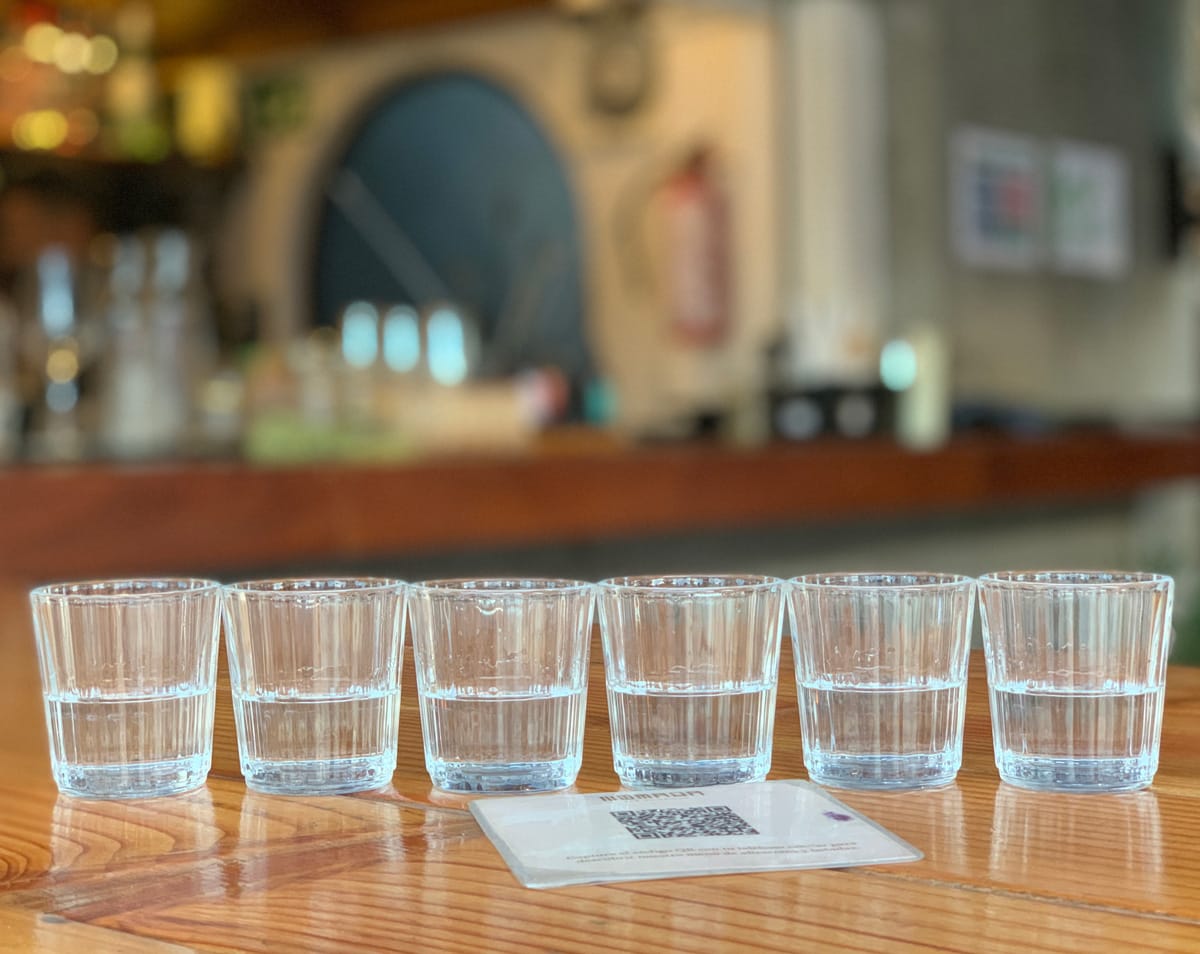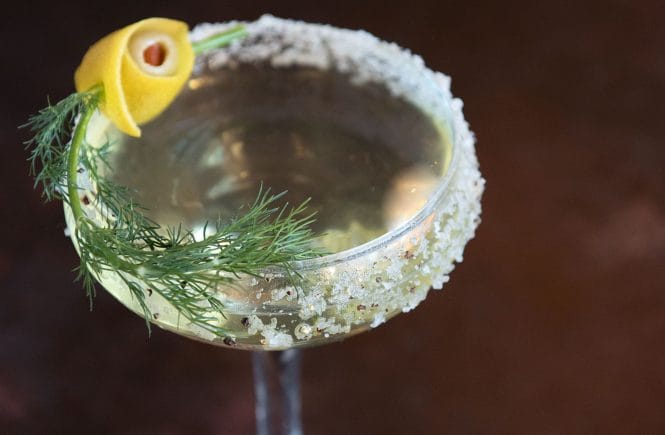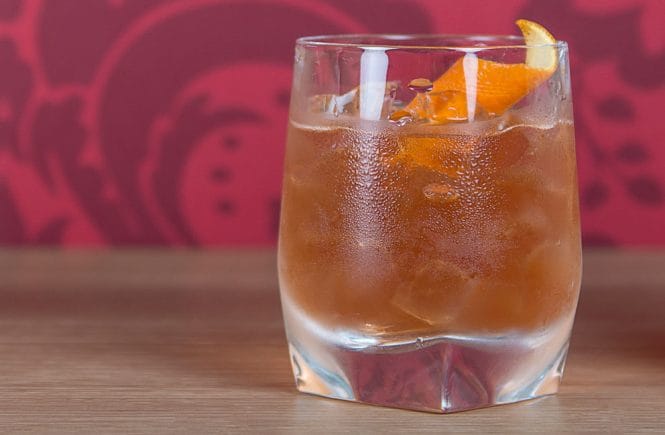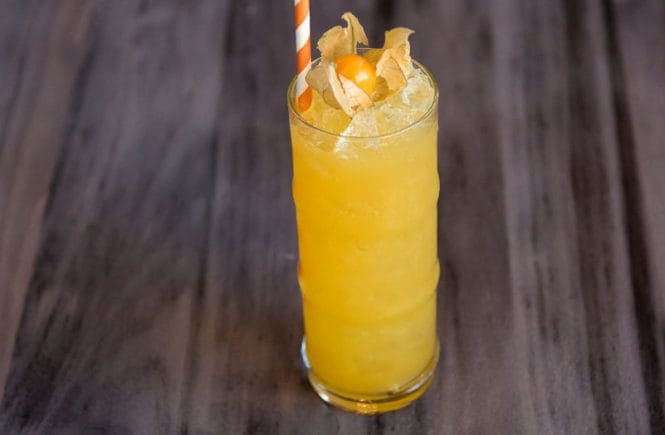Dip into the back bar, behind-the-counter and unlabelled jugs of fermented and distilled goodies on your next visit to Mexico or the southern U.S.

Like many Western Canadians, I’ve been to Mexico too many times to count—but typically on holidays, not at work as a drinks writer and educator. On my latest trip, I was determined to go beyond margaritas, and way beyond even some of the excellent agave spirits we’re now able to purchase in Canada. Here’s what I found.
All Tequila is Mezcal, All Mezcal is from Mexico
First, although there are now agave spirits made in South Africa, Australia and even parts of the U.S., only agave spirits made in Mexico can, according to a regulatory body there, be labelled tequila or mezcal.
Also know that technically “mezcal” is the umbrella term in Mexico for all spirits distilled from the agave plant, including tequila (made only from one variety of agave, colloquially called Weber blue (Agave tequilana Weber [var. azul] for nerds). In Canada we call the smoky spirit made from several other agave varieties mezcal (which is how I’ll use the word here), but if you go off the beaten tourist track, keep the local terminology in mind.
In fact, some Mexican producers are opting to label their agave spirits “destilados de agave” because they choose not to meet the strict denominación de origen (DO) for tequila or Mezcal—think of it like a winery that chooses not to have its bottles VQA certified in Canada—for a variety of reasons. Try: NETA destilados bottlings, which are truly special.
All-Agave Flight
Find a great agave spirits bar, perhaps one with its own bespoke bottlings of spirits, something I’ve also seen at Mezcaleria Kol in London and other top agave bars. They’re commonly called mezcalerias or perhaps tequilerias. Befriend a knowledgeable ‘tender and assemble your own tasting flight from the best of the back bar. (I sometimes find that the tasting experiences, flights and cocktails offered to tourists can be tamed for beginner palates and learners.) I prefer blanco or unaged versions, and in a flight they can look benign: just several glasses of colourless liquid. Prepare for weird flavours, aromas and textures.
Sotol: Made from a plant that’s similar to agave but not (Dasyllirion wheeleri, sometimes called desert spoon or just sotol, which must come from designated Mexican states), Sotol spirits are made similarly to agave spirits. They can be bottled unaged (Blanco), or wood-matured (Reposado or Anejo). I sipped one with distinct chamomile notes on the nose and a whiff of garrigue herbs. It was rich and almost oily in the mouth, with a meaty, savoury texture and ashy finish. Try: Fabriquero.
Raicilla: Made in the main region where tequila is produced, Jalisco, this spirit can be made from several different agave species. You could think of it as what moonshine is to bourbon, but that would be underrating this intriguing category. My tasting was both rooty and briney, with notes of orange-peel, flowers and white pepper on the nose. It tasted of earthy black pepper, ginger ale and cinnamon on the finish and was sharp and warm on my tongue—it had raspa, the coveted burn found in some artisanal tequilas. Try: Estancia Raicilla.
Bacanora: Using espadin (Agave angusifolia espadin, the same type of agave used in mezcal), grown in the state of Sonora, it can have the fiercely smoky, roasted flavours as mezcal. It’s bottled in blanco and aged versions. I tasted a blanco with uncommonly fresh flavours of fresh young peas, cut-grass and cucumber on the nose, and the lightly astringent taste of melon rinds, Meyer lemon and herbs, plus an ashy dry finish. Try: Puntagave Rustico or Artisinal.
Pechuga Mezcal: Though I’ve tasted tons of mezcal, pechugas are so special and rare they’re hard to find outside of Mexico. Think of it as a harvest version of mezcal, one in which locally grown items—from herbs and spices to fruit, nuts and the pechuga, or breast, of a chicken, turkey or rabbit—are infused in the still, like a funky, farm gin variation. I tasted one with distinct chocolate and licorice notes, with a creamy, nutty mid-palate. Try: 5 Sentidos Pechuga de Azul.
Mezcal: If you think mezcal is only about the smoke, do yourself a favour and seek out a fruity bottling. Smoke can be a palate-wrecker for a night of tasting for me, so I was thrilled with the overripe papaya, melon and banana nose, exceptionally silky palate and long, pepper and mint finish with just a trace of ashy smoke. Try: Mezcal Amarás Cupreata.
Lesser-known Spirits of Mexico
Get nosy and display an adventurous palate, and your bartender might reach for bottles that tourists rarely sample. There are so many regional specialties, it could make your head spin!
Charanda: Think of it as Mexican rum, which, since plenty of sugar cane grows in Mexico (you’ll see wild stands of it, seemingly uncultivated, lining the sides of streets), seems logical. The same way we make “rum” from honey not molasses in B.C., some charanda is made from the syrup of agave plants, too. I sipped one with the burnt sugar, tar and anise nose of a rhum Agricole, its aggressive nose balanced by lush mango and pineapple fruit on the palate. It finished spiky, texturally and flavour-wise, with chile and black-pepper heat. Try: Uruapan, especially the Single Agricola.
Pox: An important ceremonial drink in Mayan culture, this liqueur is made of corn, sugar cane and can also include grain spirit. My taster had a trace of earthy corncobs on the nose, and burst with honey, blossoms and chamomile tea on a rich, mouthcoating finish. You might even score a homemade, not-labelled version at some places if you’re traveling in the Chiapas region. Try: Siglo Cero Pox.
Damiana: The herb by this name grows all over the Mexican state of Baja California, and when infused into a liqueur it can be equisitely floral, herbal and minty, spicy and honeyed. Think of it as the Mexican love child of St-Germain and Chartreuse. Try: Arrogante Damiana liqueur; there is also a Damiana mezcal by Casa Volador.
Fermented, Not Distilled
Finally, glean just enough knowledge to be dangerous from this great L.A. Times article on the fermented drinks of Mexico. With a good eye and a few Spanish words, you might just have some luck tasting funky liquid poured from plastic gallon-jugs at roadside stands in Mexico and throughout southern California. Tejuino, pulque and tepache are just a few of the more familiar ones, best consumed fresh and typically very rustic and homemade.
—by Charlene Rooke




